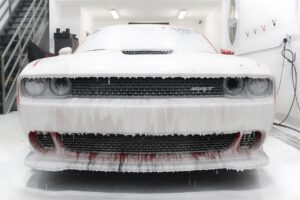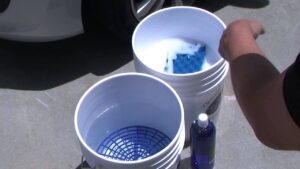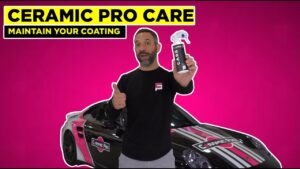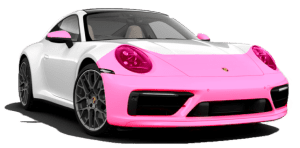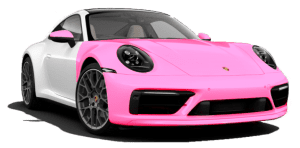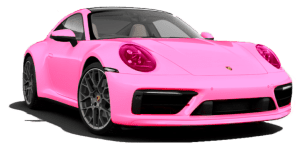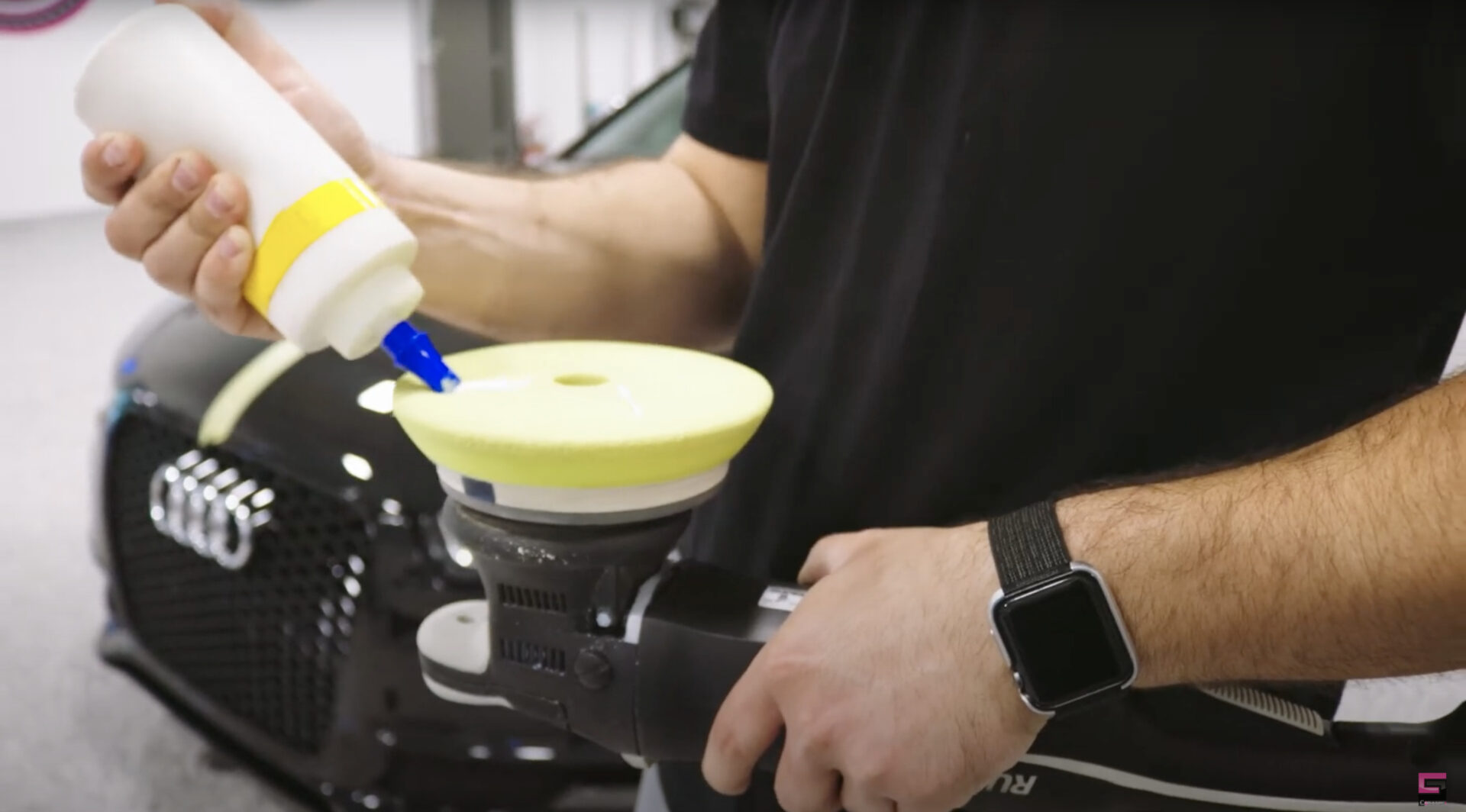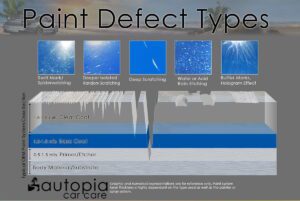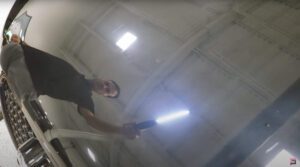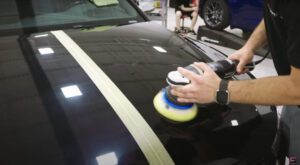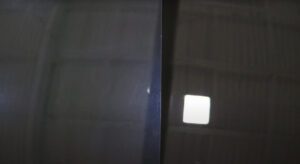Welcome to the world of window tint. There are so many types of window tint that have different features, you might be having difficulty deciding which type to get.
A common misconception about window tint is that it only serves one purpose, aesthetics. Window tint is so much more than that, in fact, window tint protects you from harmful UV rays, keeps your car cooler, provides privacy and even prevents your interior from fading.

There are 5 types of window tint; dyed tint, metalized tint, hybrid tint, carbon tint and ceramic tint. In this post we’re going to focus on Ceramic Pro Kavaca films, ceramic IR and carbon tint so you could make the best decision when shopping with us for tint.
The earliest type of film is a dyed film, which blocks small amounts of UV rays. Dyed film is mostly an enhanced privacy glass. A dyed window tint has a layer of dye between the adhesive layer and a protective top which sticks to the glass. Unfortunately, due to prolonged sun exposure, the color will fade from a dark black to purple. It’s the cheapest option of window tint but over time it fades and becomes difficult to see out of. Check out this video to see what faded dyed window tint looks like.
The next tier of window film is metalized window tint. There are small particles of metal infused into the film. This type of film will block more heat and UV rays in comparison to dyed film. Metalized film could also interfere with phone signals or radio or other wireless devices.
A hybrid window tint is a mixture between a dyed film and a metalized film.
All of these films thus far are entry level window tints, but it’s only with higher end window films where you can experience the full spectrum of benefits.
Carbon Ceramic film is the second highest tier of window tint. Our carbon film (Kavaca Carbon Color Stable window film) offers vehicle owners more bang for their window tint dollar. It’s a superior and diverse window tint, available in black or charcoal in various tint percentages. Kavaca Carbon CS is infused with non-metallic nano-carbon technology. Kavaca Carbon CS window tint blocks up to 99% of cancer-causing UVA and UVB rays, produces crystal clear visibility, and is supported by a lifetime warranty. Kavaca Carbon CS filters 70% of infrared heat.
The top tier of window tint is IR. Our Kavaca Carbon IR is the ultimate Automotive Window Film. Manufactured with state-of-the-art technology, Ceramic Pro has infused a proprietary formulation of nano-ceramic technology with an IR layer to deliver excellent Heat Rejection, Glare Control and UV protection that is metal-free, supporting signal clarity for all types of electronic devices. Kavaca IR blocks up to 99%+ of cancer-causing UVA and UVB rays and filters 96% of infrared heat.
Kavaca Ceramic IR Window Tint Film carries a lifetime guarantee.
Carbon Ceramic VS. IR Film
Without getting into the nitty gritty technicals of window film, carbon ceramic and IR have a few main differences.
Heat Rejection – Carbon film will block 70% of infrared heat while IR film will block 96% of infrared heat. Kavaca Ceramic IR contains a proprietary blend of nano-ceramic particles and IR blocking materials, which results in blocking up to 96% of the infrared heat you feel. This makes the interior of your car much more comfortable.
UVA/UVB – Both films will block up to 99% of harmful UV rays.
Warranty – Both films have a lifetime warranty against discolouration.
Price – IR films are generally 30% more expensive than carbon ceramic films.

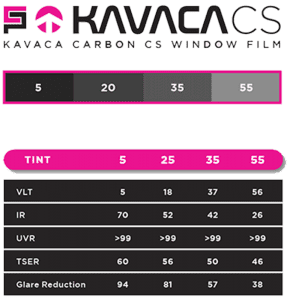
Tint %
When shopping for tint you will hear about VLT. What is VLT? Visible light transmission refers to the amount of visible light that passes through your window. The lower the number, the more light the film will block from entering your vehicle. For example, if you install 70% window film, this means that 70% of the light will transfer through your glass. This means that the window film is blocking 30% of the sun from entering the vehicle. Common shades of tint are 5% which is the darkest, 15%,35%,55% and 70%. 70% window film is perfect for people who don’t want to change the look of their car but block out UV rays and heat.
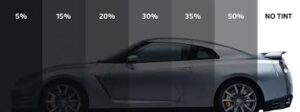
What’s the legal limit?
In Ontario, the legal limit on the front 2 windows is 35%. However, if you decide to go darker than the limit on the front, we are not responsible for any infringements. The back windows can be as dark as you please but we think 15% is a perfect middle ground. 15% window film gives you the privacy, aesthetic, IR rejection and still allows you to see out of the vehicle. 5% window film can be difficult to see out of, especially at night.
Is IR film really worth it?
There’s a lot to consider when shopping for tint. When comparing our carbon vs IR tint, it’s no secret that our IR film is superior. Is IR film worth the extra price? If you do a lot of driving, yes it is worth the price. If you care for a comfortable ride, yes it is worth it. Ever go on a long drive in the summer and have a wicked tan line of your window? Our IR tint would stop that. Think of tint less like a customization and more like a force field protecting you from the sun.
Tint is generally perceived as a cosmetic modification for your vehicle but it’s so much more than that. Yes, tint can alter the look of your vehicle but more importantly it can make your ride much more comfortable, protect your interior from fading, block harmful UV rays and increase your privacy.
To get more info or get in touch with us, click here contact us.

